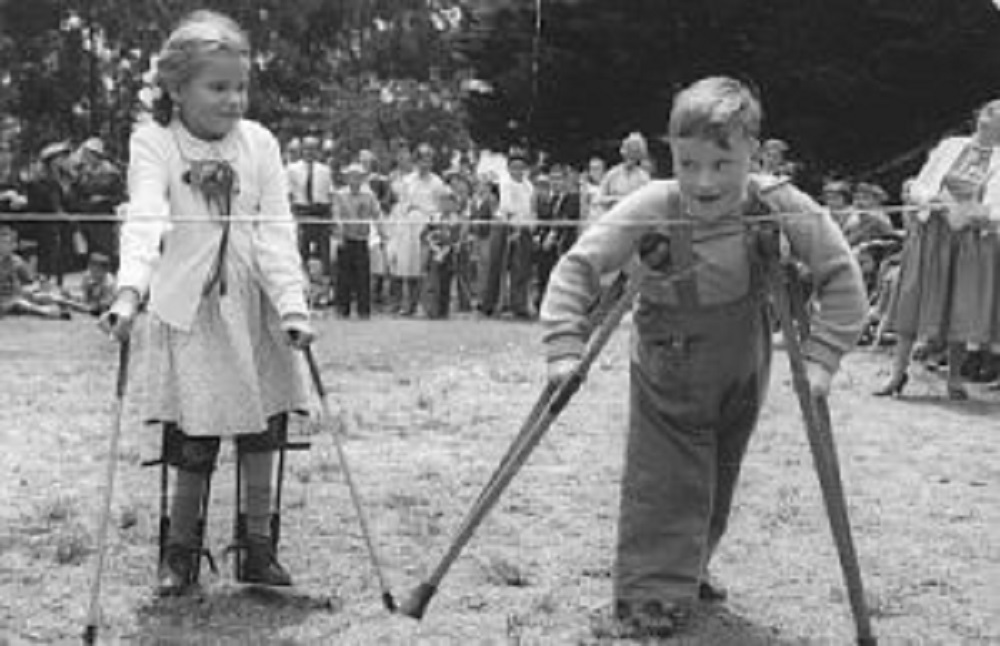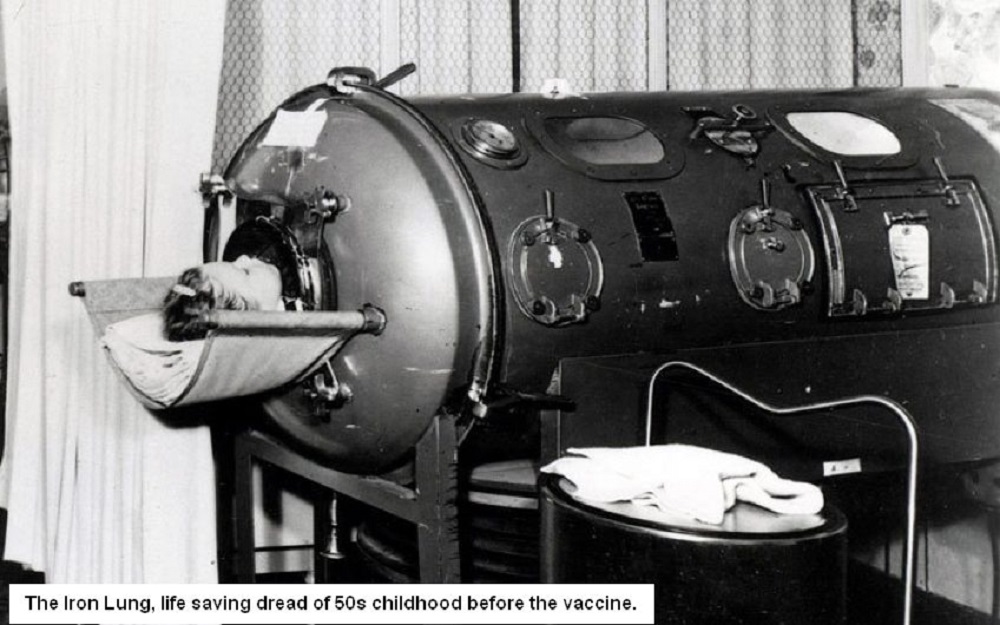It’s a long time since I heard anyone refer to powks, gathers, carbuncles or a glide. That’s how we talked about a stye, skin blemish, infected boil or squint (strabismus) before we had TV medical programmes to educate us.
And what about chin cough? The popular myth is that you caught it from sitting on cold stone steps. In real life, a proportion of the 30 people buried at St. Patricks Collyhurst, on New Years day 1857, died of it. Today we call it whooping cough. Until mass vaccination all but eradicated whooping cough, diphtheria and scarlet fever, their spectres remained ever present, especially in poorer areas.
Until mass vaccination all but eradicated whooping cough, diphtheria and scarlet fever, their spectres remained ever present, especially in poorer areas.
In 1869, it was an epidemic of scarlet fever which prompted Medical Officer John Leigh to demand more isolation facilities in Manchester. However it was smallpox which filled most of the 96 beds at the newly opened Barnes House of Recovery and Convalescent Home for Fever patients in 1871. There were workhouse paupers amongst the sufferers, but it was thought necessary to keep their presence secret from the general public.
Twenty years later, the House of Recovery had been enlarged and renamed Monsall Fever Hospital. By then, 80 per cent of patients were under fifteen. Unless a patient was on the ‘critical list’, visiting hours were infrequent and strictly regulated. Children who spent months convalescing at Monsall, must have felt totally abandoned. In the fifties, the belief was that, sooner or later, every child would contract mumps, chicken pox and measles. To get it over with quickly, we were sent to play at the homes of contagious friends.
In the fifties, the belief was that, sooner or later, every child would contract mumps, chicken pox and measles. To get it over with quickly, we were sent to play at the homes of contagious friends.
Bed was the place to be poorly, and if the illness was considered serious, a paraffin stove might be used to warm a freezing bedroom. Acquaintances say they remember hours spent staring at the reflection of the perforated pattern cast on the ceiling by the heater. Others recall a soothing drink made by stirring a spoonful of blackcurrant jam into hot water. Throughout my childhood, TB and polio were the demon diseases. When I was about 9, there was a polio scare. Banner headlines exhorted parents not to allow children near open water. The previous afternoon, my friend Anne and I had been up to our welly tops in the Moston Brook, trying to build a dam. We kept the escapade from our parents, but visions of ‘iron lungs’ and metal leg callipers haunted our thoughts.
Throughout my childhood, TB and polio were the demon diseases. When I was about 9, there was a polio scare. Banner headlines exhorted parents not to allow children near open water. The previous afternoon, my friend Anne and I had been up to our welly tops in the Moston Brook, trying to build a dam. We kept the escapade from our parents, but visions of ‘iron lungs’ and metal leg callipers haunted our thoughts. Later, a polio vaccine became available. Subsequently it would be administered as syrup or on a sugar lump, but for us it was the dreaded ‘prick’, as injections were then commonly known.
Later, a polio vaccine became available. Subsequently it would be administered as syrup or on a sugar lump, but for us it was the dreaded ‘prick’, as injections were then commonly known.
My sister went through the whole spectrum of illness, while tonsillitis was my speciality. Our generation’s tonsils were the first to benefit from the miracle drug, penicillin. I had many a spoonful of thick pink liquid that was supposed to taste like strawberries. It didn’t, and the red penicillin sweets, sucked between doses of medicine, reminded me of barley sugars (horrible). Eventually my tonsils burst, and had to be removed at Booth Hall. Two days in hospital was followed by a fortnight off school to convalesce.
Eventually my tonsils burst, and had to be removed at Booth Hall. Two days in hospital was followed by a fortnight off school to convalesce.
Adults seem to think coughs and colds were caught because children simply wouldn’t ‘do as they were told’. Going outside after having a bath or with wet hair, or even walking about the house with nothing on your feet, meant you were asking to be ill. I suspect old remedies like having a sock full of hot onion wrapped around the throat was supposed to remind us to ‘think on’ next time. Although complaints from the past seem to be re-surfacing, I don’t hear anyone mentioning chilblains these days. Girls at my school were repeatedly warned not to stand against the cloakroom radiators as it would only increase the agony. And as yet, I haven’t spotted a ring worm sufferer with a shaven head adorned with Gentian Violet. And when did they stop painting it on throats?
Although complaints from the past seem to be re-surfacing, I don’t hear anyone mentioning chilblains these days. Girls at my school were repeatedly warned not to stand against the cloakroom radiators as it would only increase the agony. And as yet, I haven’t spotted a ring worm sufferer with a shaven head adorned with Gentian Violet. And when did they stop painting it on throats?
When playing out, a ‘scrawp’ (graze) from a tumble would likely be ignored. But in pre-antibiotic days, it could easily become septic and cause ‘blood poisoning’. A wound that looked nasty would be poulticed first of all, but if that failed, the doctor would be consulted. On two different occasions, I had to have wounds dressed daily by a graduate of the Spanish Inquisition school of torture.
Being poorly in the fifties was no joke, but it was certainly character building.